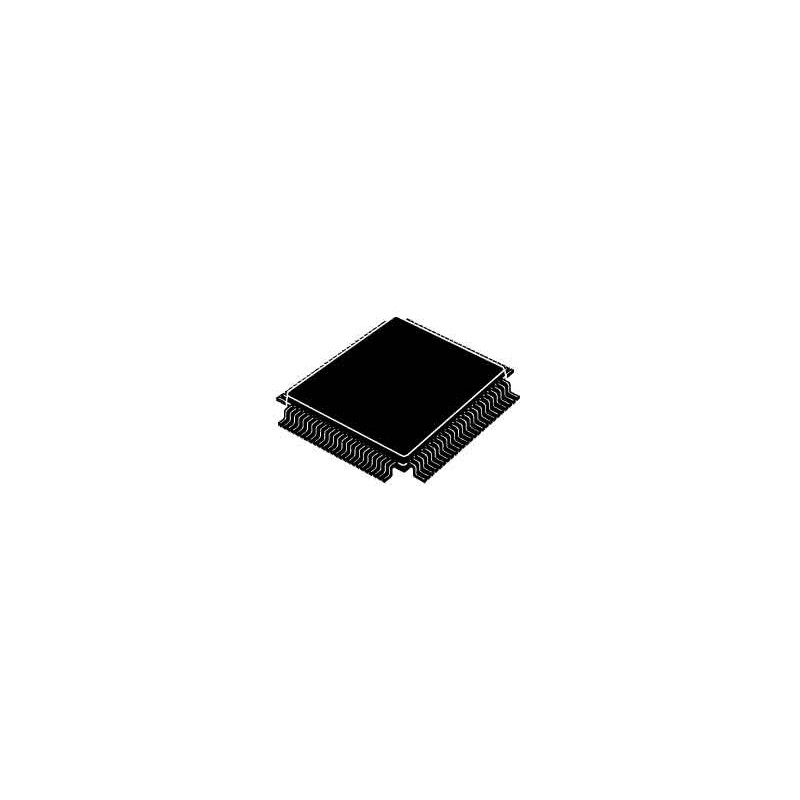- Obecnie brak na stanie

LPC2387FBD100
ARM7TDMI, 512kB Flash (ISP), 64kB RAM, 2xCAN, Ethernet 10/100, USB, DMA, I2S, 3xI2C, SPI/SSP, 4xUART, ADC, DAC, LQFP100, RoHS.
Cechy
Producent BTC Korporacja sp. z o. o. Lwowska 5 05-120 Legionowo Polska sprzedaz@kamami.pl 22 767 36 20
Osoba odpowiedzialna BTC Korporacja sp. z o. o. Lwowska 5 05-120 Legionowo Polska sprzedaz@kamami.pl 22 767 36 20
Spray CLEANSER PCC 15 o pojemności 150ml, z pędzelkiem to niezawodne rozwiązanie do czyszczenia płytek drukowanych i pozostałości po lutowaniu.
Brak towaru
Brak towaru
Brak towaru
Zestaw 9 kluczy imbusowych hex z kulką. z28414
Brak towaru
Brak towaru
Multimetr pozwalający zmierzyć napięcie AC/DC, prąd AC/DC, rezystancję oraz pojemność. Miernik jest wyposażony w automatyczne podświetlenie wyświetlacza, buzzer oraz funkcję Hold. Uni-T UT50A
Brak towaru
Brak towaru
Brak towaru
Listwa stykowa prosta w kolorze czerwona, jednorzędowa, żeńska, 1x6, raster 2.54mm, THT, RoHS. PB06S RED
Brak towaru
Bateria cynkowo-chlorkowa LR20/R20 o napięciu 1.5V. W zestawie 2 szt. GP13G
Brak towaru
Brak towaru
ACS715 Current Sensor Carrier 0 to 30A
Brak towaru
Brak towaru
Moduł kamery stereo 3D, który zbudowany został z dwóch kamer z sensorem Sony IMX219 oraz czujnika IMU ICM20948. Przeznaczony do współpracy z Jetson Nano i Xavier NX. Seeed Studio 114992270
Brak towaru
Zestaw zawierający Raspberry Pi Pico oraz Raspberry Pi 4B 4 GB. W skład zestawu wchodzą również niezbędne złącza, przewody, zasilacz oraz obudowa - radiator z wentylatorami
Brak towaru
Przemysłowy przełącznik sieciowy wyposażony w 5 portów Gigabit Ethernet. Może pracować w trybie Full-duplex 10/100/1000M. Waveshare Gigabit-Switch-5P
Brak towaru

ARM7TDMI, 512kB Flash (ISP), 64kB RAM, 2xCAN, Ethernet 10/100, USB, DMA, I2S, 3xI2C, SPI/SSP, 4xUART, ADC, DAC, LQFP100, RoHS
